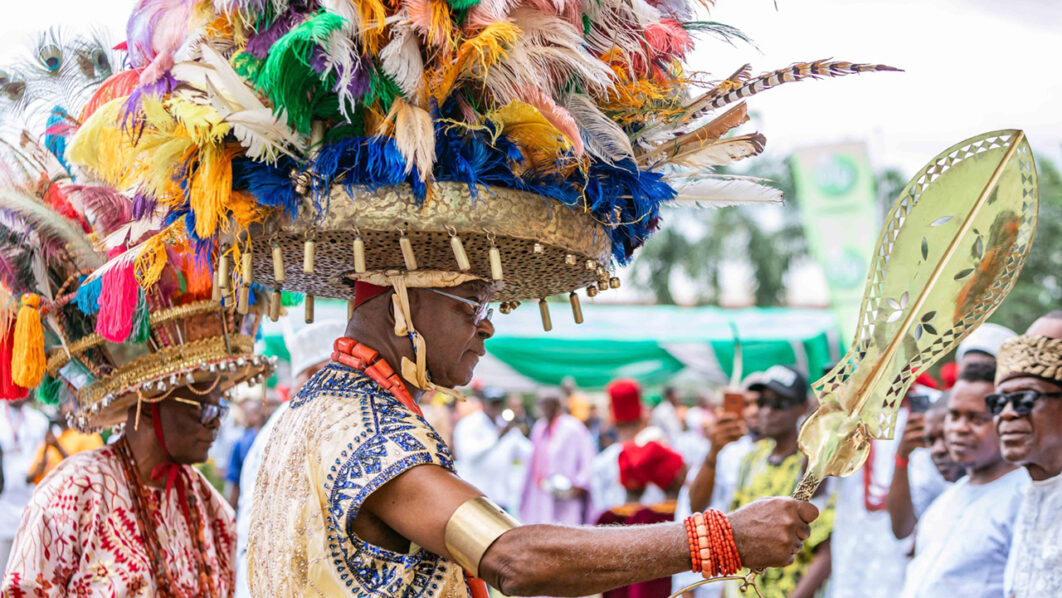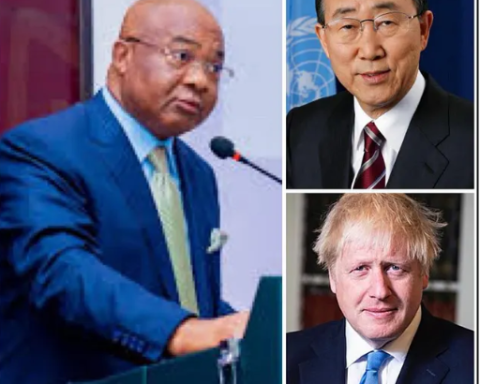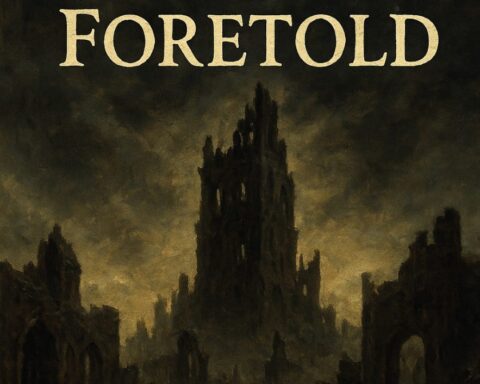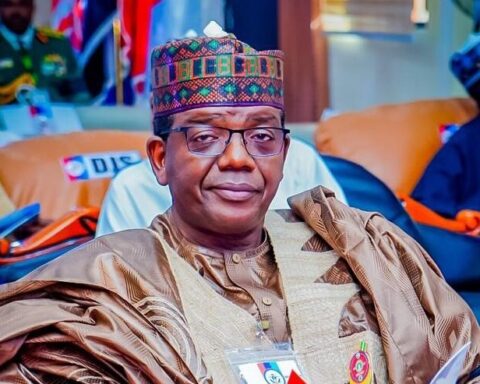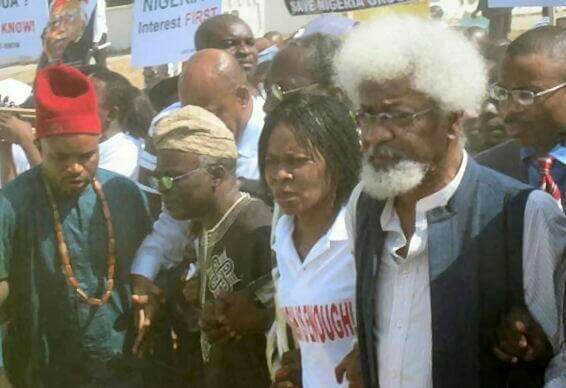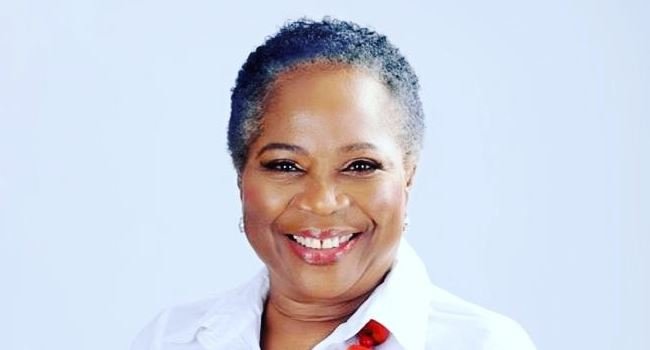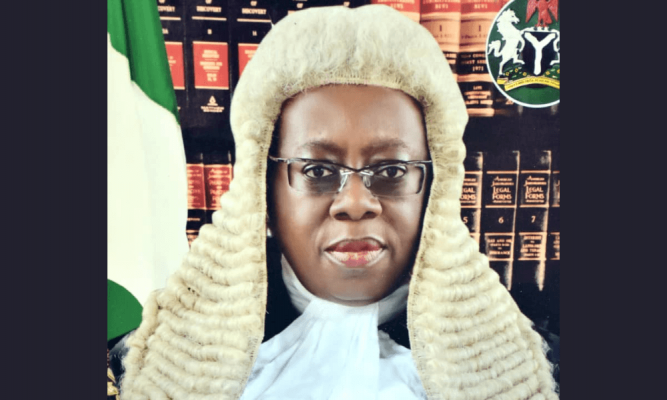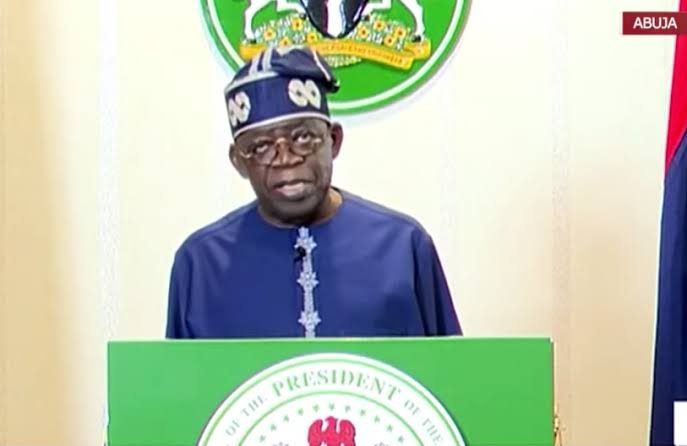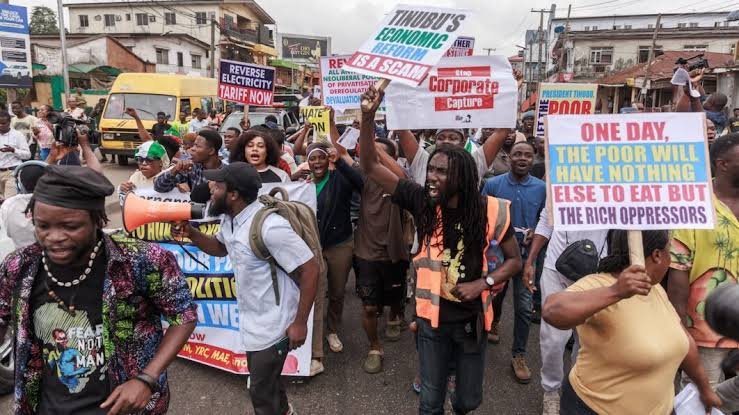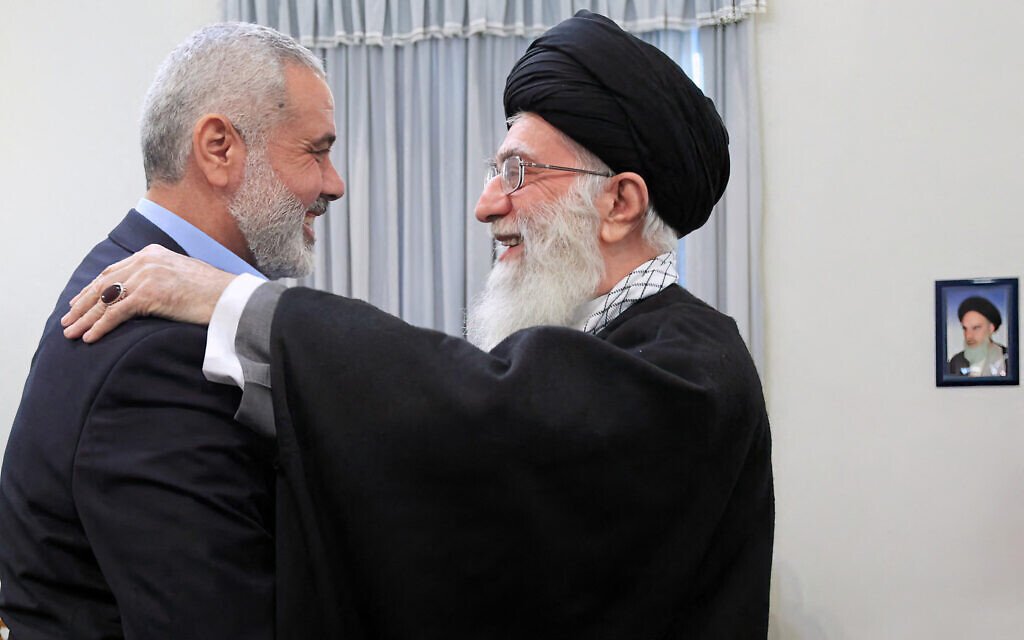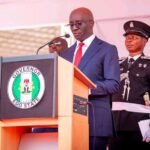By Victor Anazonwu
In the riverside city of Onitsha, where the great River Niger bends with quiet majesty, tradition runs deep. Here, the Ofala festival — a regal celebration of life, renewal, and the continuity of kingship — has, for centuries, marked the heartbeat of the monarchy. To the Onitsha people, the Ofala is more than pageantry; it is the living embodiment of history, culture, and identity.
Every year, the air is electric as the Obi of Onitsha emerges before his subjects in a burst of color and ceremony. Dressed in resplendent regalia, adorned with coral beads and peacock feathers, the monarch’s appearance is the high point of the festival. Drums thunder, flutes trill, dancers sway in unison, and the city becomes a stage where heritage meets devotion and festivity.
Yet, even traditions as ancient as the Ofala are not immune to the winds of change. Since ascending the throne in 2002, His Majesty Obi Alfred Nnaemeka Achebe, Agbogidi, has shepherded the festival into a new era — one that respects its timeless essence while embracing innovation and global audiences.
A Tradition Rooted in History
The Ofala traces its origins to the earliest days of Onitsha kingship. It is, in essence, the monarch’s annual public appearance after a period of spiritual retreat and communion with the ancestors. The event is both a thanksgiving for the year past and a blessing for the year ahead.
In pre-colonial times, the Ofala was as much a political statement as it was a cultural one — a reaffirmation of the king’s role as custodian of the people’s welfare, traditions, and land. Over the generations, while the political powers of the monarchy shifted under colonial and post-colonial governance, the Ofala retained its prestige as the unbroken link to Onitsha’s royal heritage.
The Achebe Era: Renewal Without Erosion
When Obi Alfred Nnaemeka Achebe was crowned the 21st Obi of Onitsha, he inherited a festival steeped in grandeur but also in need of structural modernization. His reign has been marked by a delicate balance: preserving the soul of the Ofala while ensuring it thrives in a contemporary cultural landscape.
A Home for the Ages: The New Ime Obi
One of Obi Achebe’s most visible contributions is the construction of a modern Ime Obi — the palace arena where the festival’s main rites and receptions take place. This architectural upgrade has not only given the Ofala a dignified, permanent setting but also improved its capacity to welcome larger audiences, dignitaries, and cultural tourists from around the world.
The new Ime Obi blends traditional Igbo design sensibilities with modern amenities. It serves not only as a ceremonial ground during the Ofala but also as a focal point for community gatherings throughout the year. It also boasts of an open air gallery where Onitsha kingship history is on full display — all this in a soothing ambience of well-manicured greenery.
Corporate Partnerships: Sustaining Cultural Heritage
Under Obi Achebe’s guidance, the Ofala has attracted major corporate sponsorships, a relatively new phenomenon in Nigerian traditional festivals. By bringing in private sector partners, the festival has gained resources to improve its organization, enhance publicity, and expand programming.
In this respect, two of Nigeria’s telecom giants stand out, among several others. First was MTN which partnered Ofala for some years. After that, Glo took over the mantle with gusto and has recently renewed the deal for additional years.
This strategy has allowed the Ofala to maintain its free public accessibility while elevating its logistical and artistic quality — a move that has helped it thrive in Nigeria and Africa’s crowded cultural calendar.The
Oreze Art Gallery: From Daylong Showcase to Seasonal Celebration
For art enthusiasts, perhaps the most transformative of Obi Achebe’s initiatives is the creation of the Oreze Art Gallery. Before his reign, the display of local craftsmanship during the Ofala was largely limited to a single day, focused on artisans from Onitsha and nearby communities.
Today, the Oreze Art Exhibition — housed in a dedicated space within Ime Obi — is a marquee event that spans the entire Ofala season. It attracts renowned and emerging artists from across Nigeria and beyond, turning Onitsha into a temporary artistic capital.
The exhibition not only celebrates visual artistry but also positions the Ofala as a driver of cultural tourism. Paintings, sculptures, textiles, and mixed-media works offer visitors a broader experience of African creativity, bridging past and present, rural and urban, indigenous and contemporary.
More Than a Festival: A Season of Culture and Care
Beyond the central rituals, the Ofala season now also includes a youth carnival and music festival to appeal to younger audiences, blending modern entertainment with traditional pride. A medical outreach program provides free healthcare to the sick and underserved, extending the festival’s blessings to the most vulnerable.
And for those unable to attend in person, the Ofala is now live streamed to a global audience — bringing the sights, sounds, and spirit of Onitsha’s royal celebration to viewers around the world in real time.
For the 2025 event, an Ofala app is also now available on both Android Play Store and Apple App Store. It is said to be the world’s first ever cultural festival mobile app – offering schedules, live updates, reminders and daily giveaways, especially to youthful audiences on the go.
Timeless Rituals in a Modern Frame
Despite these innovations, the core rituals of the Ofala remain untouched. The Obi’s ceremonial emergence, the exchange of kolanuts, the royal blessings, the traditional music and dances, and the symbolic firing of cannons still follow age-old protocols.
This fidelity to tradition ensures that while the Ofala now speaks in the language of the modern cultural economy — sponsorships, art exhibitions, musical festivals, global tourism — it still communicates the spiritual and communal messages that have sustained it for centuries.
A Global Festival in the Making
With its expanded artistic programming, improved infrastructure, and professional organization, the Ofala is increasingly drawing international attention. Visitors from around the world now find in Onitsha a festival that is among Africa’s best-known cultural showcases. And the world’s most iconic.
Obi Achebe’s approach offers a model for other traditional institutions: heritage need not be frozen in time to remain authentic. With vision and respect for its roots, a festival can be both ancient and relevant, local and global.
Worldwide Recognition.
These efforts have not gone unnoticed. The Federal Ministry of Culture and Tourism has officially recognized Ofala Onitsha as a major national cultural event, elevating its profile on Nigeria’s heritage calendar. Even more significantly, the festival is under active consideration by UNESCO for designation as an intangible cultural heritage of humanity.
As the drums fade and the Obi retreats to the palace at the close of each Ofala, the echoes linger — not just in the streets of Onitsha, but in the evolving story of a people who have learned that tradition, when nurtured, can outlast centuries and yet feel brand new.
Victor Anazonwu is a media and communication expert, author and native of Onitsha. He can be reached on victor.elipses@gmail.com
